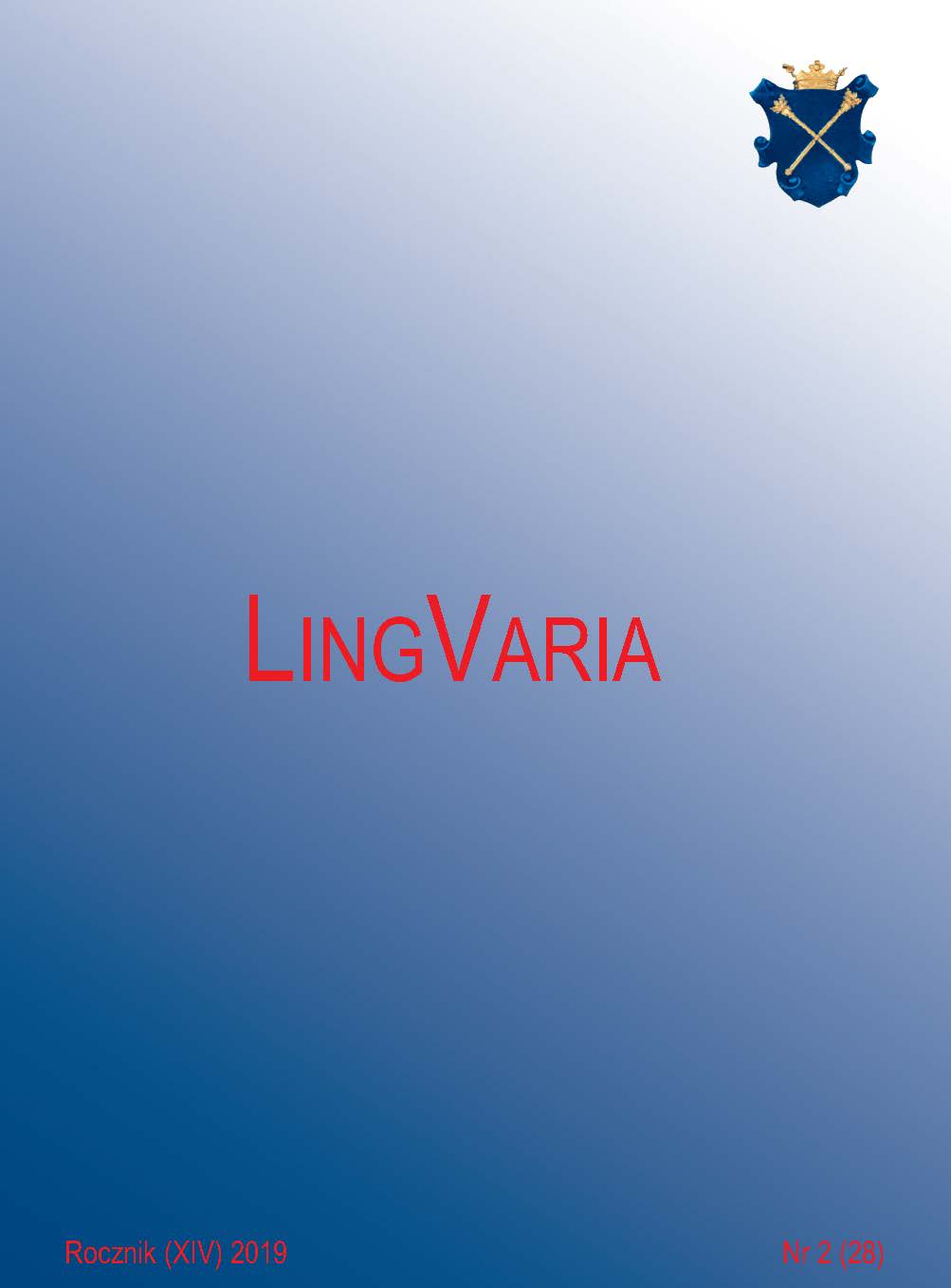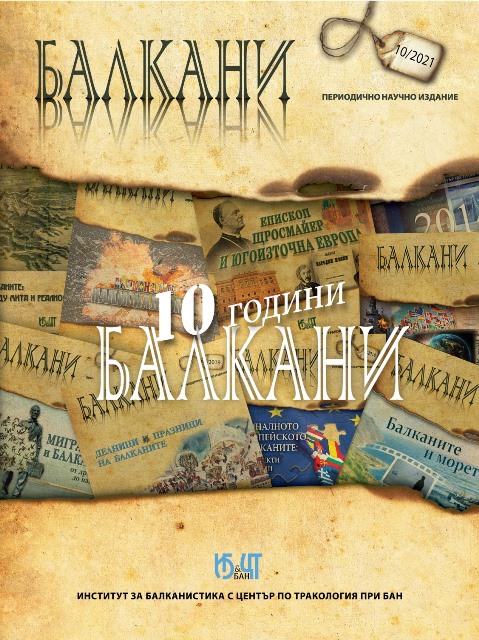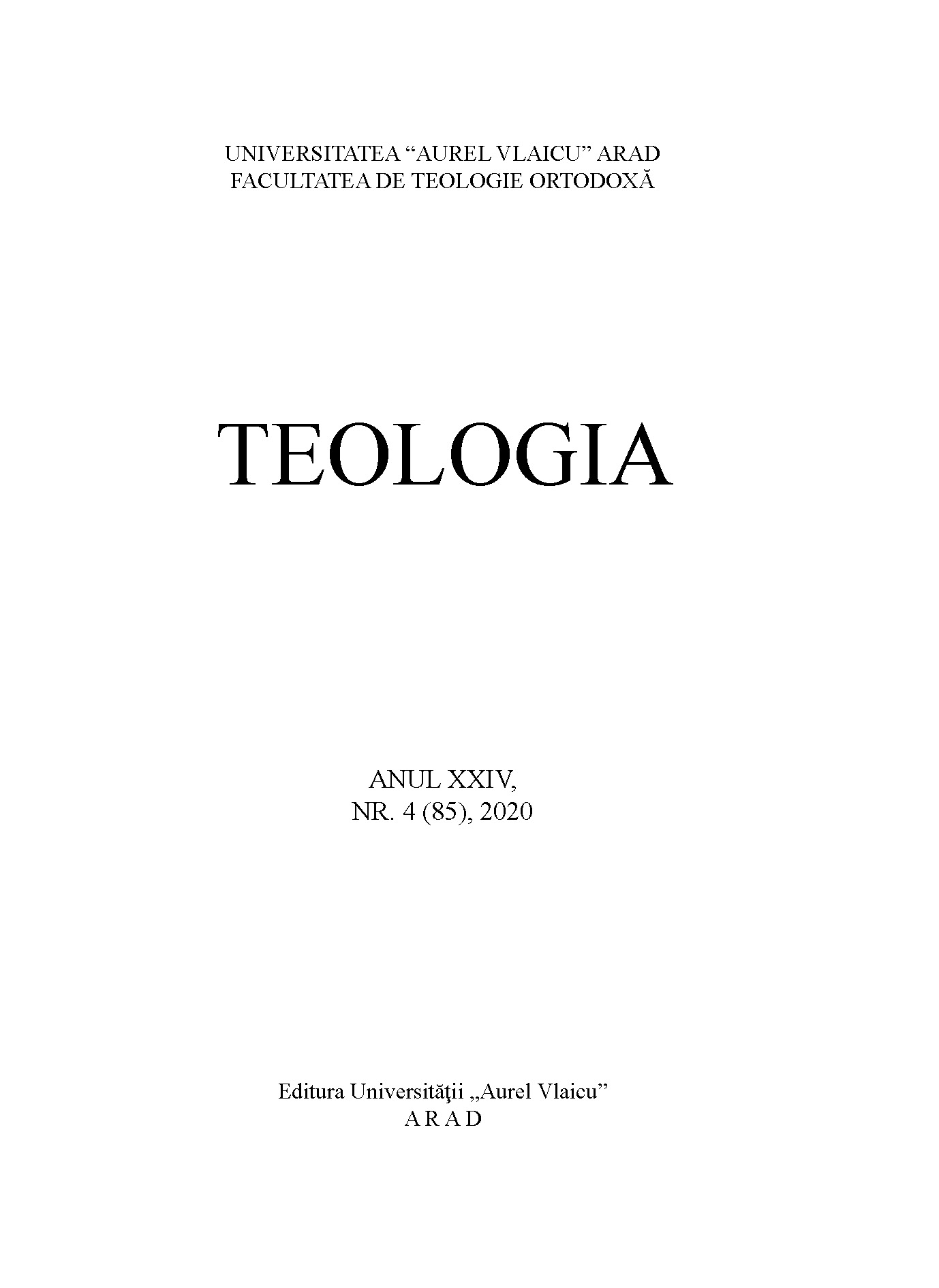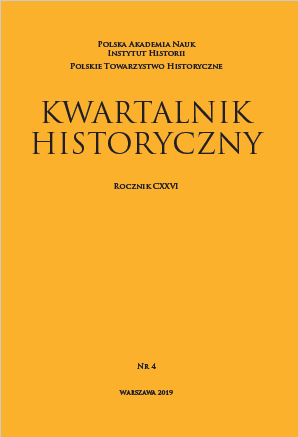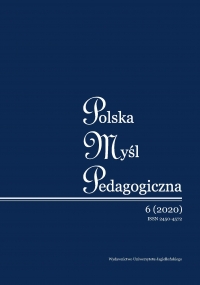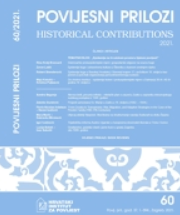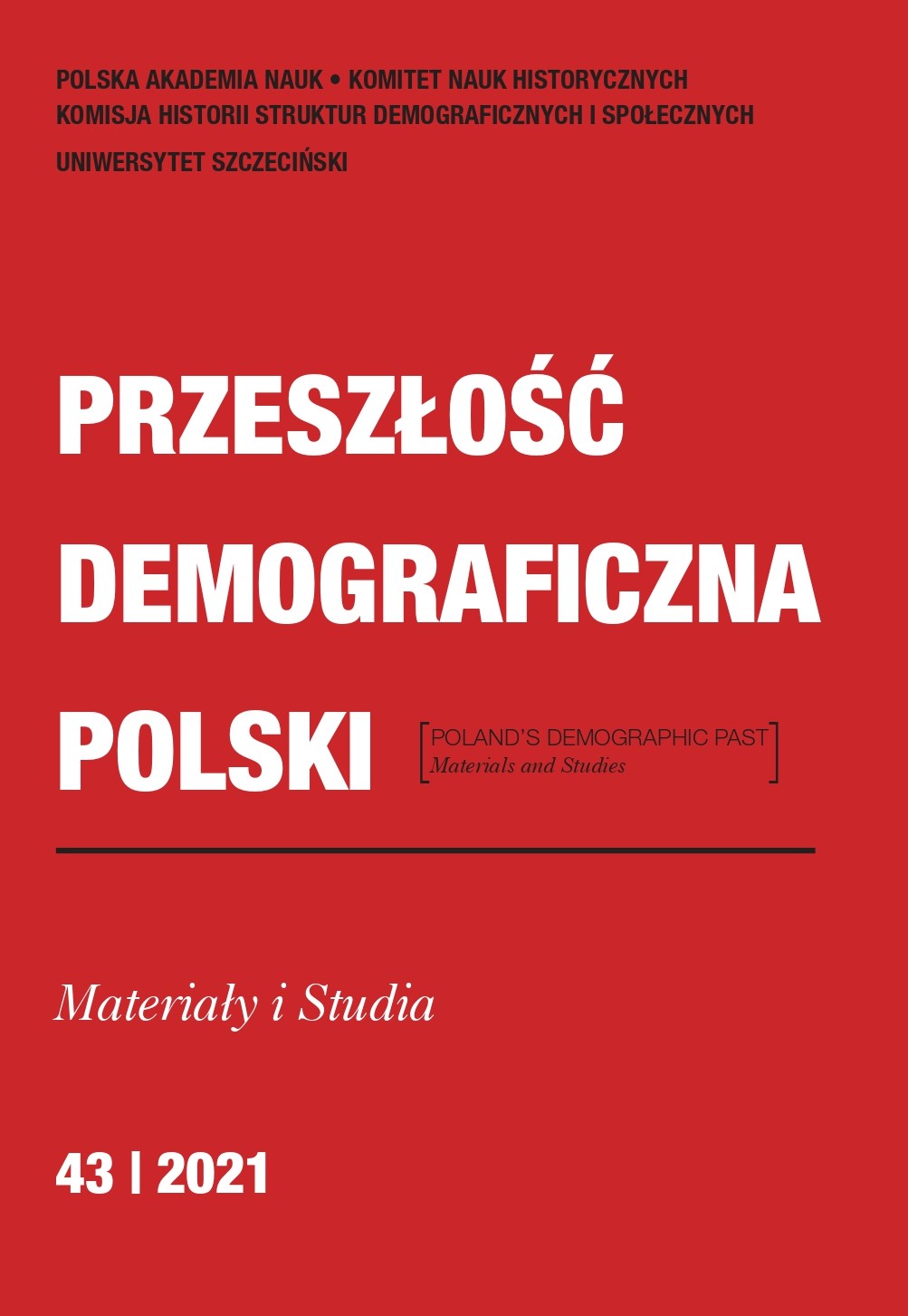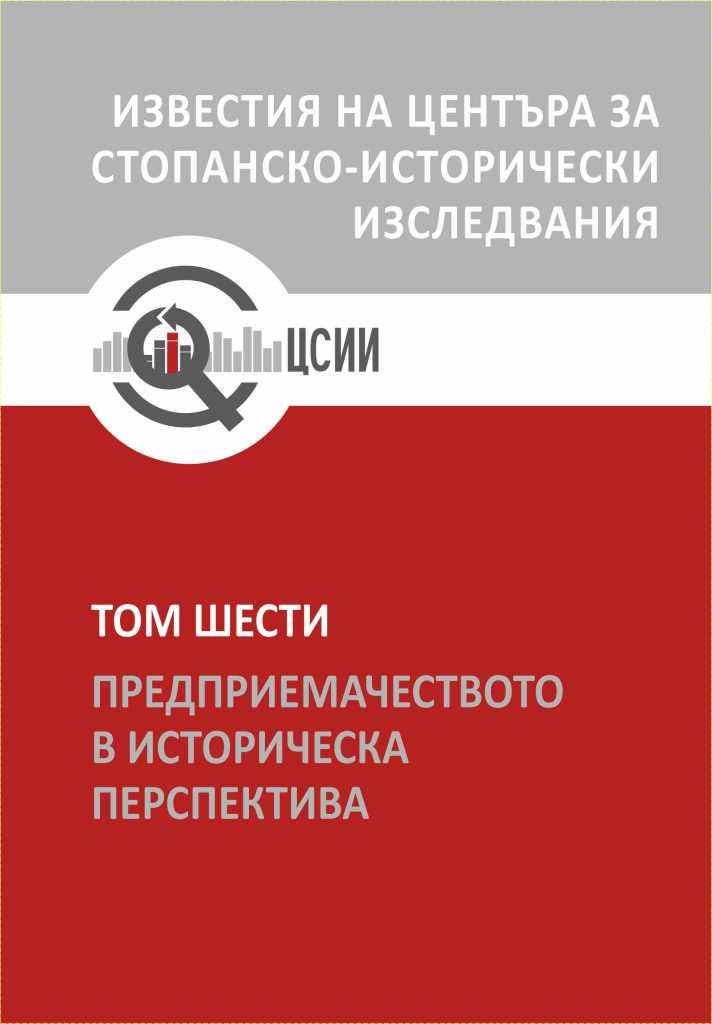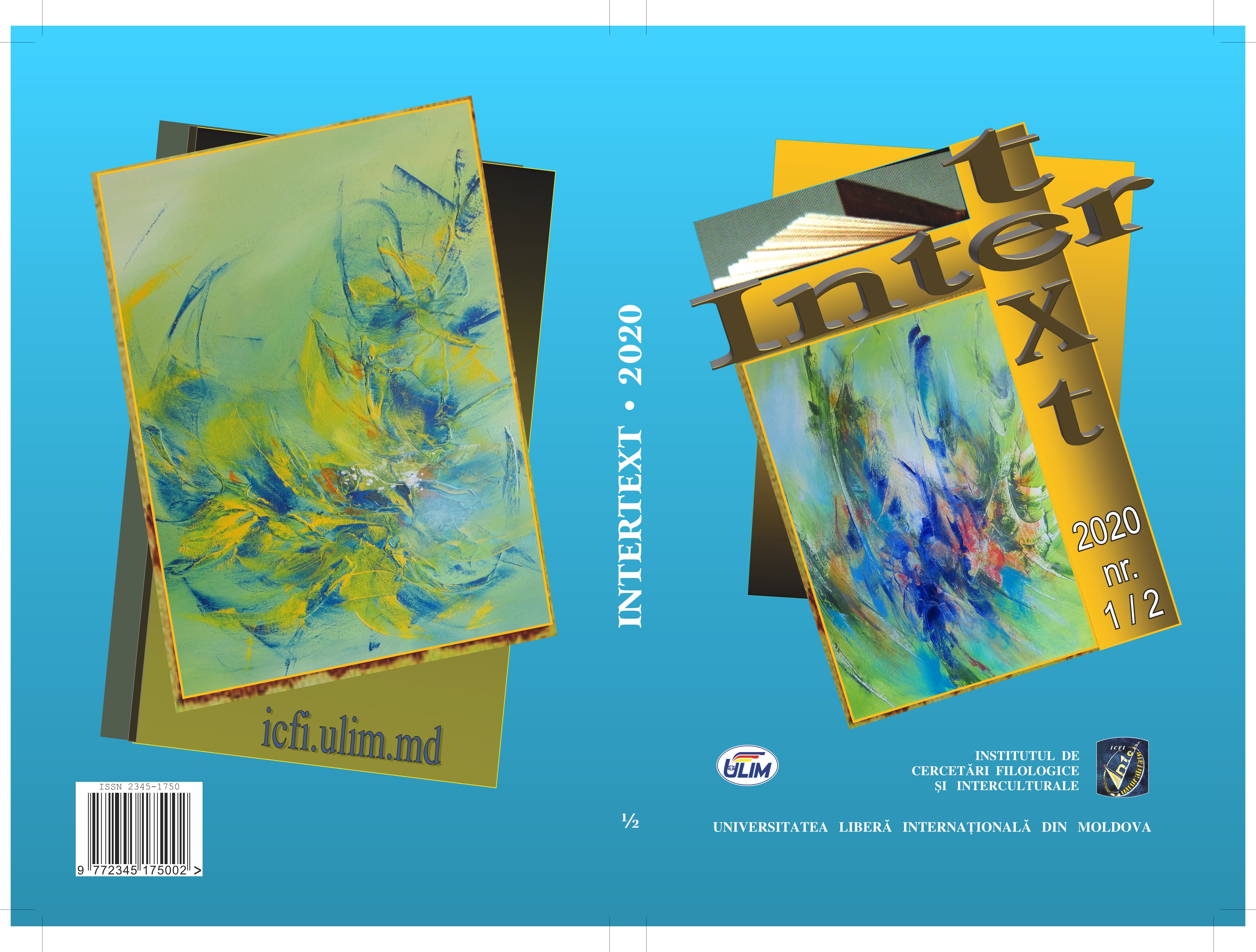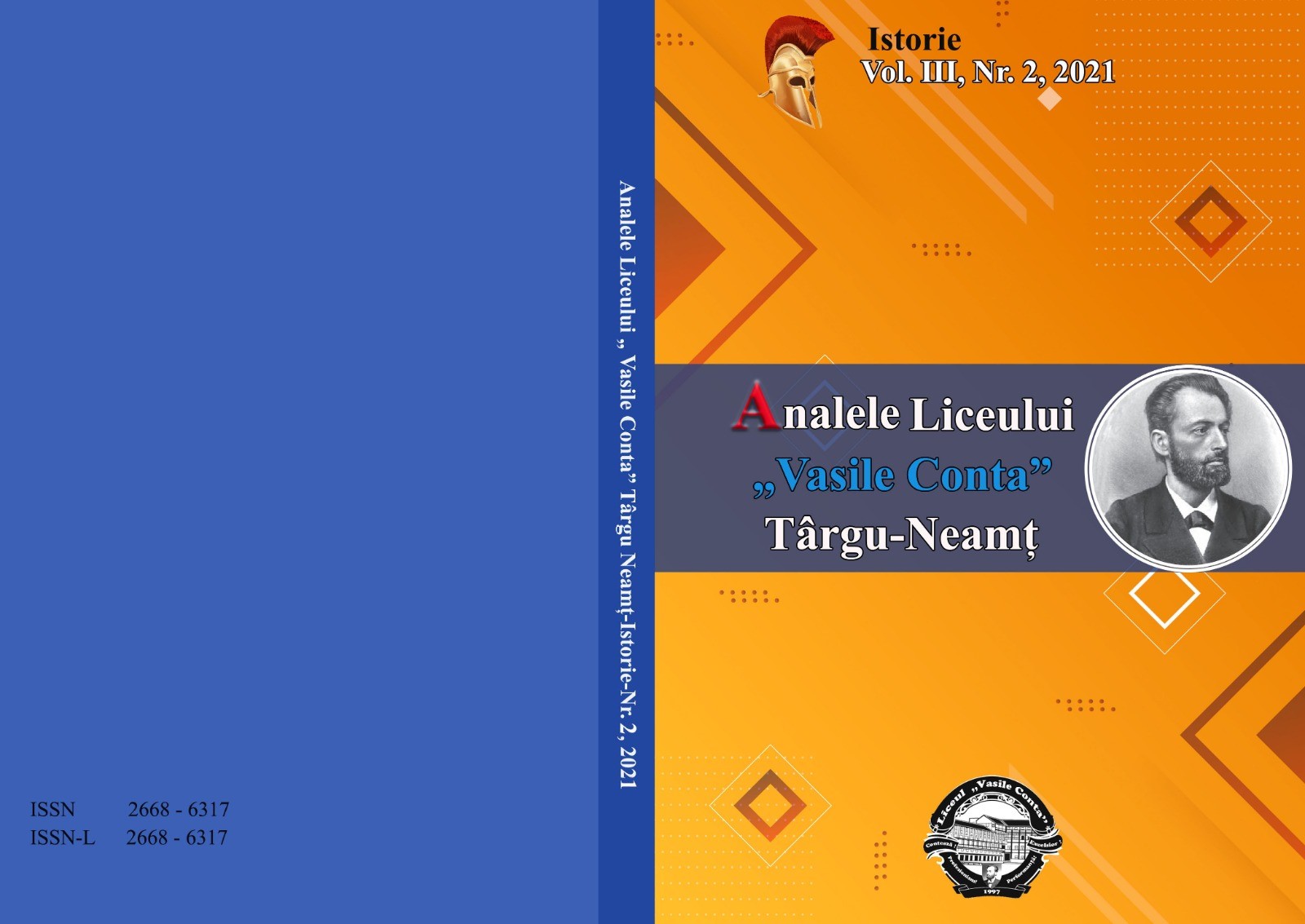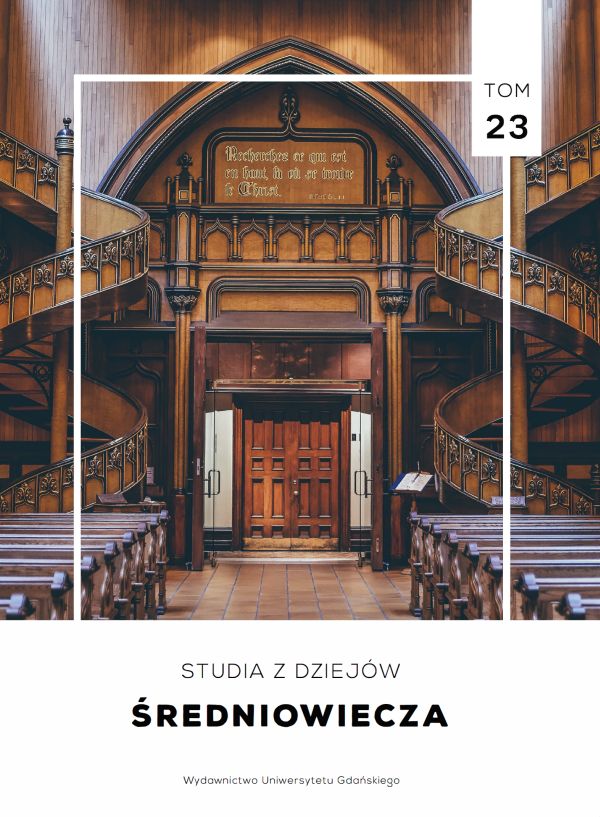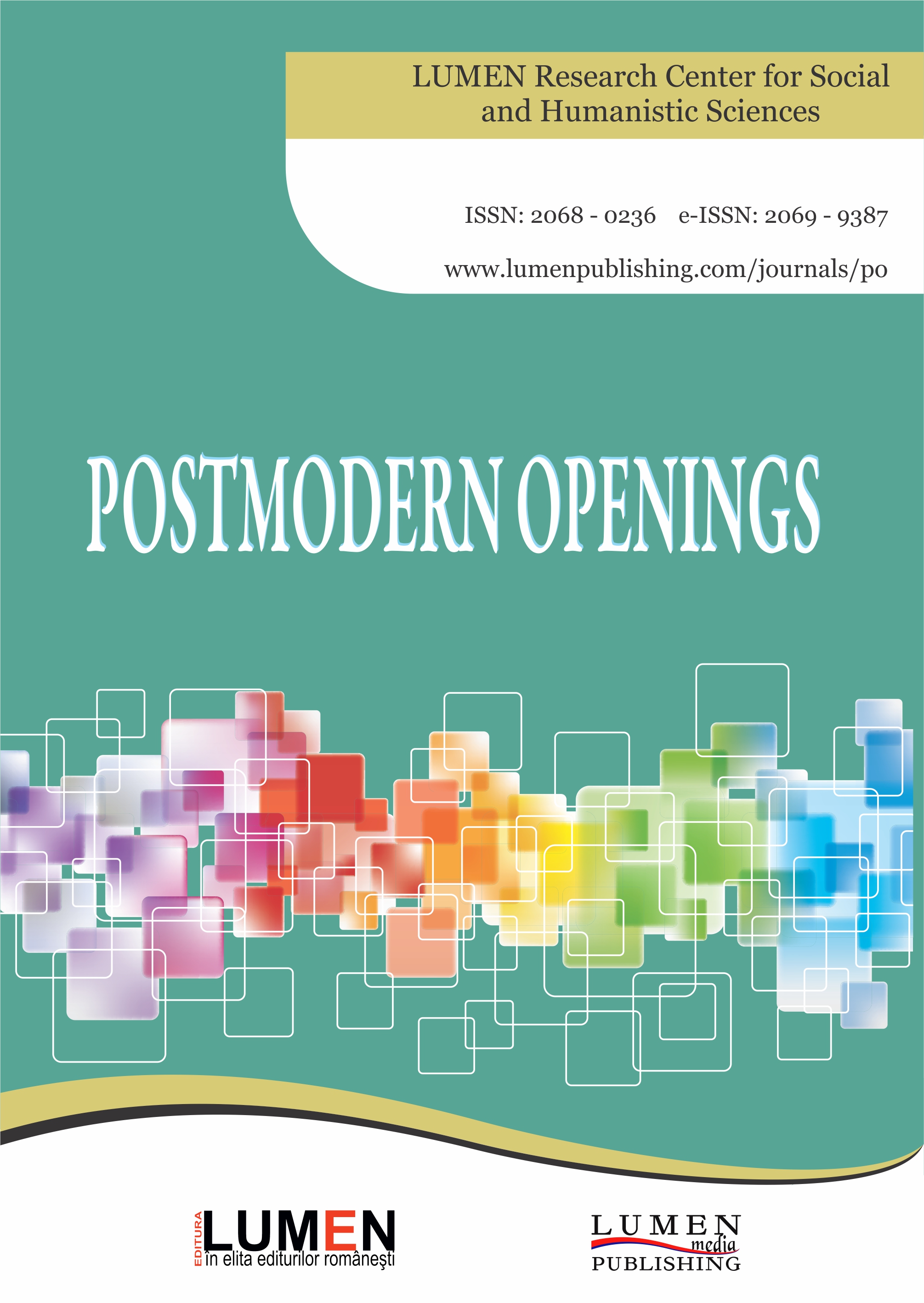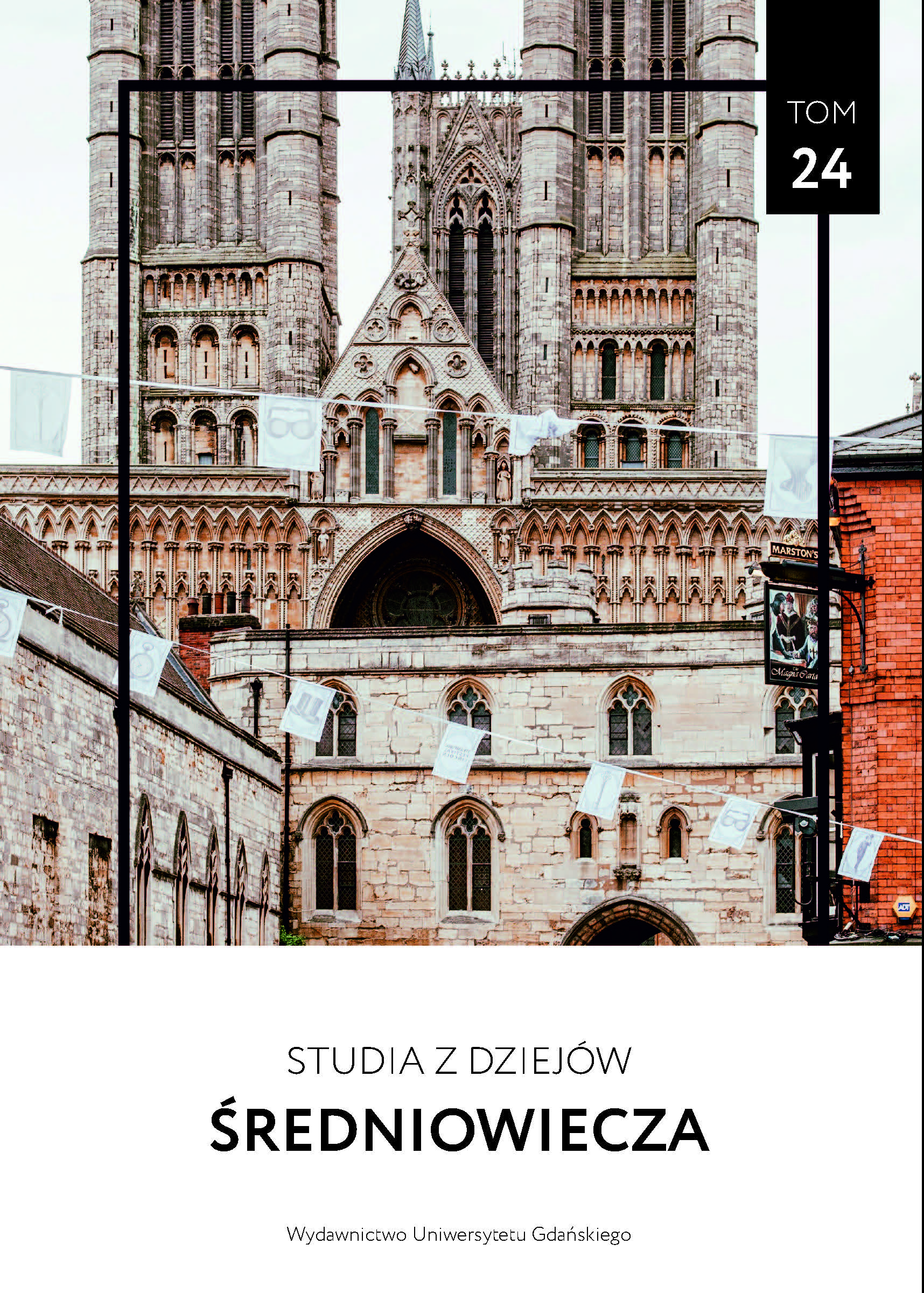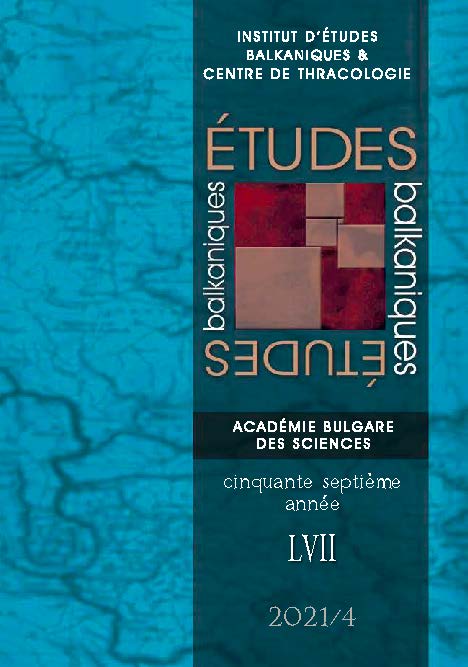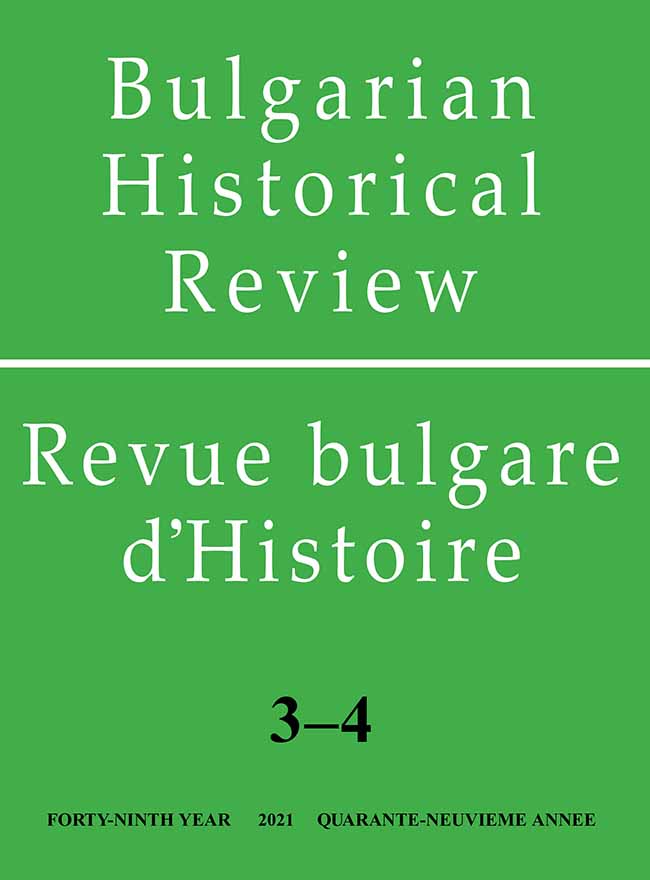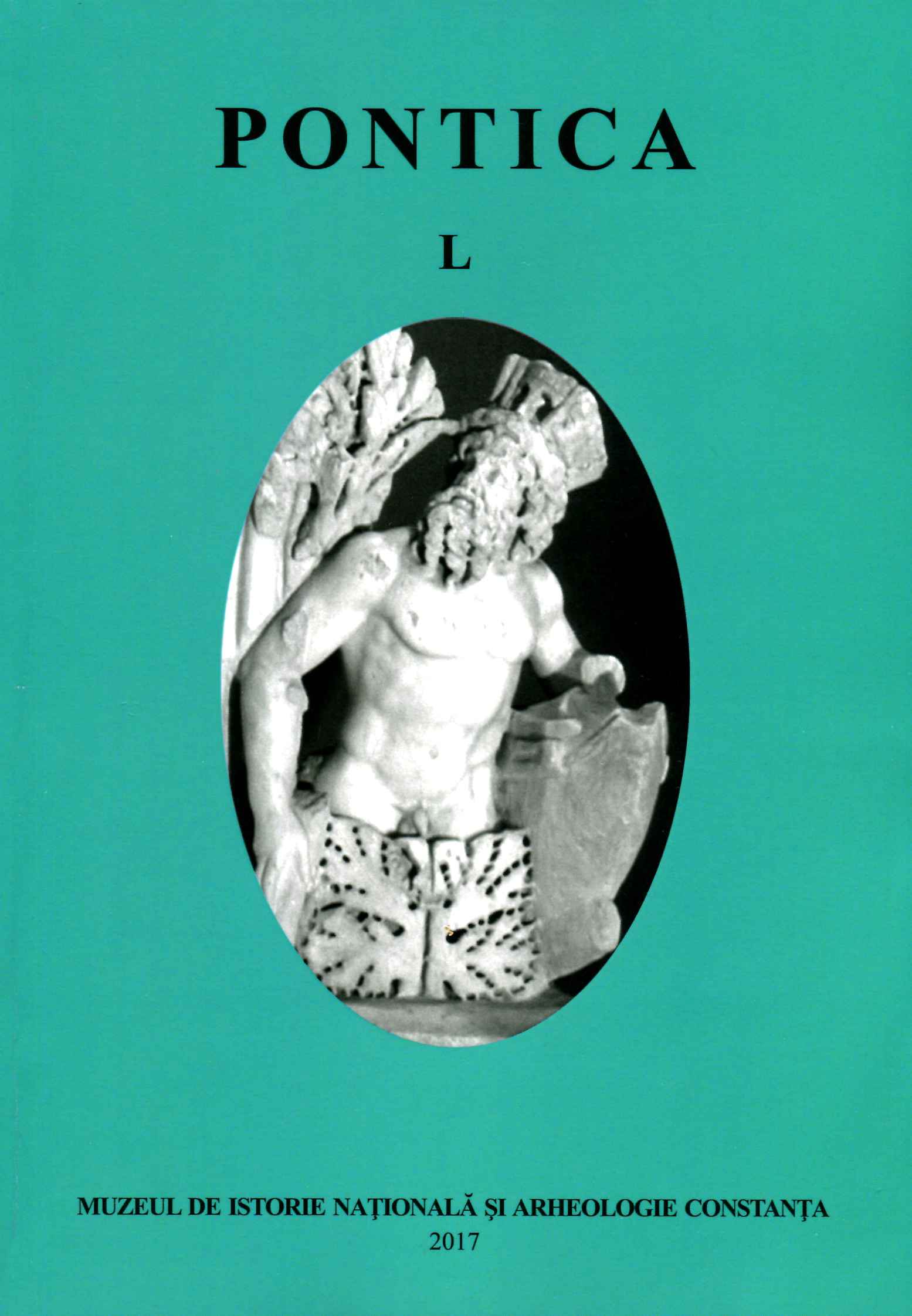
Monede medievale şi moderne descoperite în Dobrogea (1223 - 1872)
The authors present 391 coins and counters discovered in 38 localities in Dobrudja. A batch of coins belongs to the Romanian Principalities Moldavia (2) and Wallachia (1). We may add to these East, Central and West European issues and, finally,the Islamic ones minted by the Sultanate of Rum, Golden Horde, Crimean Khanate,Ottoman Empire, Jaipur, Afghanistan and Khanate of Khiva. Most of the pieces presented are small coins and counters that were used in daily money circulation. They are followed by pieces of medium value – ort, rupee, dirhem –and the ones of great value – thaler, 8 real, guruş, ikilik and yüzlük and gold pieces.Some of the coins presented are rarities or exotic appearances for the monetarycirculation in Dobrudja and Romania in general. We are reffering to the false of Sultan Kaykhusrow III, a ½ gros coin of Alexander the Good, mangir minted by Emir Suleyman,the shilling minted by Mihnea III, pieces of the Crimean Khanate, but also the coins from Jaipur or Afghanistan and the Khanate of Khiva. The authors also present a number of forgeries pieces that circulated on the market at the time and created problems in the economy. The last category presented are the counters, that circulated at the time as small pieces. The published numismatic material completes the image of the monetary circulation in Medieval and Modern Dobrudja, a territory located at the crossroads of large trade axes and, later on, a province at the edge of the Ottoman Empire.
More...
